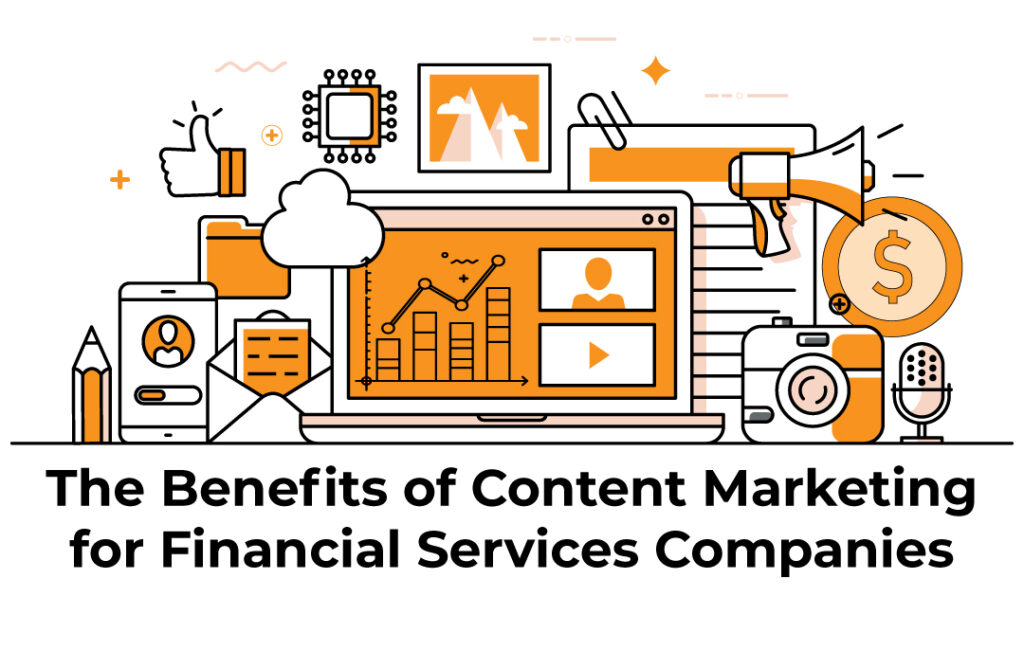Taking a brand refresh from strategic review to system-wide rollout is a project that can make even the bravest project managers lose heart. There is stakeholder engagement to conduct, reviews to complete, audits to do and values to consider. This can be a little daunting. So we put together an eight-step program to help you take a brand refresh from an idea in your head to collateral on your shelves. Enjoy!
1. Strategic planning
The first step is developing a strong strategic plan for your brand. This includes creating a core purpose or objective and documenting realistic, measurable results. A targeted, specific strategy will help you enter new markets and uncover opportunities that drive your bottom line.
2. Research & insight
Once you have a strategy, you need the know-how to actually deliver it. That’s where research and insight come in. It’s not enough to just tell the world about your new brand. You have to tell the right audience, in the right way, at the right time. This stage helps define the ‘who’ for your new brand.
Tactics we use include:
- Brand audit
- Business review (including stakeholder consultation)
- Audience study & definition
- Competitive analysis
- Industry insights
3. Positioning & development
Next, you’ll want to position your new strategy correctly to your defined audience. This is about clearly outlining exactly how you want your new brand perceived and the best way to get there.
The goal is to make your brand evoke the right emotion in the minds of your audience and to create a concept that reflects your core corporate values and culture.
4. Go-to-market plan
The go-to-market plan (or GTM) where you begin to think strategically about how your strategy and positioning will drive the behavior you want in your audience. At its core, this stage is about uncovering the underlying benefits that your clients get as a result of the features you provide.
This is also the time when you get into the nitty-gritty details of selling your product/solution: who’s responsible for what, and how does your company plan on working together to find leads, uncover pains and close deals?
5. Asset creation
Finally, the part everyone likes to get involved in—asset creation. How do you package the work you’ve completed so far into images, graphics, content and copywriting so that it achieves your goals and resonates with your audience?
The goal here is twofold. First, to create assets that are going to drive your audience to do the behavior that you want. And second, to create an ecosystem where asset creation and distribution happens quickly, fluidly and easily.
6. Activation & engagement
Activation is about creating a positive buzz around your brand, usually leveraging brand and channel partners effectively. Engagement is about deepening your brand’s relationship with your target audience. A good analogy is social media. The first five steps are getting the right person to react to your post. Engagement is about getting them to click, share and comment on it.
7. Acquisition & sales
At this point, our brand refresh has moved our target audience far down the funnel. Now, it’s time to move a prospect from browsing to buying.
This stage is about understanding your acquisition channel (and potential channels) and working out the best channel mix to maximize your closed sales.
Next, you’ll want to review your GTM strategy and define at a granular level what the sales process looks like to answer questions like:
- Who is responsible for closing a sale?
- What is the right timeframe for closing a sale?
- What is the target deal size?
- What are the specifics sales funnel stages a prospect moves through?
- What behavior/action/activity moves a prospect between the different phases?
8. Assessment & analytics
Finally, you need to measure how your brand is doing. This stage is about clarifying what objectives you need to achieve, what KPIs you’re tracking and building out the technical back-end to measure this activity. It’s also worth contemplating how you’re going to compare different approaches: what are the common metrics you’re going to use to compare apples to apples, so to speak?
Summary
Launching a new brand is a time-consuming and expensive task. For that reason, we often find that organizations overlook some of the basic building blocks. The challenge is that over time, holes early on expand into inefficient and clunky processes or messaging and collateral that doesn’t resonate with the audience.
Following these eight steps is a simple way to make sure you check all the boxes to deliver a brand refresh that delivers results.
We would love to help eliminate the holes in your brand refresh. For additional tips and pointers, give us a call today!






